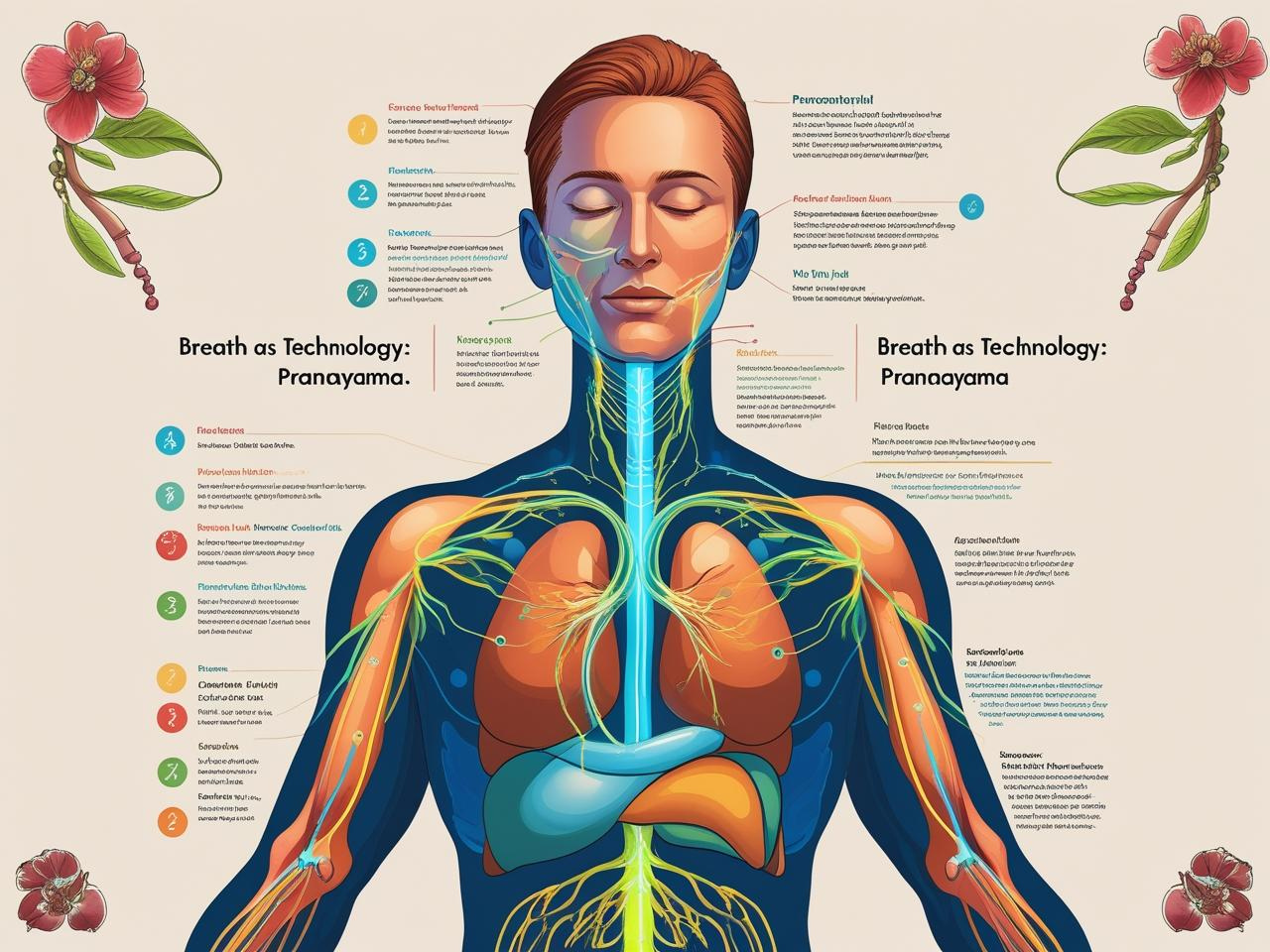Sharing My Journey into Breathing Better, Thinking Better, and Feeling Alive
I never thought something as ordinary as breathing could change my life. I mean, we all breathe, right? Inhale, exhale, repeat—how complicated can it be?
But when I started practicing Pranayama—the ancient yogic science of breath—it felt like I had discovered a hidden tool I had been carrying around all my life, without ever using it properly.
This blog is me just sharing my honest experience with Pranayama. How it started, how it felt, how it changed my energy, focus, and even my emotions. I’ll also bring in some fascinating science that backs it all up.
So let’s breathe together into this topic.
First, What Is Pranayama?
The word “Pranayama” comes from Sanskrit:
- Prana = life force or vital energy
- Ayama = extension or expansion
So, Pranayama literally means expanding or controlling the life force through the breath.
It’s not just deep breathing. It’s a technology—yes, I’ll call it that—designed thousands of years ago by yogis to upgrade our body, mind, and awareness.
And guess what? You don’t need any tools. No gadgets, no subscriptions. Just your lungs and some time.
How I Got Introduced to It
I started practicing Pranayama during a tough phase of my life. Anxiety, restlessness, overthinking—you name it. A friend of mine suggested I try some basic breathing techniques. “Just five minutes in the morning,” he said.
I was skeptical. But I tried.
- Day 1: Didn’t feel much.
- Day 3: Noticed I was calmer after breathing.
- Day 7: Something shifted. My mornings felt lighter.
- Week 2: I was hooked.
I began exploring more techniques—Anulom Vilom (alternate nostril breathing), Bhramari (humming bee breath), and Kapalbhati (cleansing breath). Each one brought a different effect: calmness, clarity, energy, peace.
I was like, how did I never learn this in school!?
The Brain on Breath: What Science Tells Us
What really made me curious was how these simple breath exercises affected my mind.
Turns out, neuroscientists have been studying this too. Here’s what I found:
1. Breath Controls the Nervous System
Your breath is directly connected to your autonomic nervous system—the part of the body that manages stress, digestion, heart rate, etc.
- When you breathe slowly and deeply, it activates the parasympathetic system (rest and digest mode).
- Fast, shallow breathing activates the sympathetic system (fight or flight).
So by simply changing the way you breathe, you can shift your entire internal state.
It’s like having a remote control for your emotions.
2. Reduces Anxiety and Improves Focus
Studies have shown that Pranayama reduces cortisol, the stress hormone. It also improves gamma brain waves, which are linked to clear thinking, memory, and learning.
After just 10 minutes of Pranayama, I often feel like my brain got “cleaned” from mental clutter.
The Heartbeat of Breath
You know what surprised me? My smartwatch.
After a 10-minute session of Anulom Vilom, my heart rate actually dropped by 8–10 beats per minute. I wasn’t doing anything intense—just breathing in one nostril and out the other, slowly.
It was proof that something real, physical, was happening.
Yogis always said breath is the bridge between the body and mind. Now I understood why.
Pranayama Is Not Just for Calm—It’s for Power Too
One common myth is that Pranayama is just for “relaxation.”
But here’s what I learned through practice:
- Kapalbhati gives you a mental boost and clears drowsiness.
- Bhastrika (bellows breath) gives an energy spike—great for mornings.
- Bhramari calms your nervous system and improves sleep.
- Anulom Vilom brings deep balance and clarity.
You can literally choose your mental state like switching apps on your phone.
Think of Breath as Biohacking
If you’re into modern wellness or “biohacking,” then Pranayama is one of the most powerful natural hacks out there.
- No side effects
- No supplements
- Just intentional breath patterns that improve everything from blood pressure to brain function
Even elite athletes and CEOs now practice breathing techniques to boost focus and reduce stress. Wim Hof’s method? Breath. Navy SEALs? Breath. Yogis for 5000 years? Yup, breath.
Breath Is Sacred—And Simple
Something shifted in me after a few months of regular Pranayama.
I no longer saw breath as just a physical function. It became a sacred act. A chance to return home to myself.
When life gets chaotic, when emotions feel too loud, or when my mind is racing—I don’t reach for caffeine or social media anymore.
I close my eyes.
I breathe in.
I breathe out.
And slowly, I come back.
A Simple Practice You Can Try (From Me to You)
If you’re curious but not sure where to start, try this simple routine I follow:
Morning Pranayama (10 minutes)
- Anulom Vilom – 5 minutes (alternate nostril, slow breath)
- Kapalbhati – 2 minutes (forceful exhale, passive inhale)
- Bhramari – 3 rounds (hum like a bee while exhaling slowly)
That’s it. No yoga mat needed. Just sit, preferably in a quiet place. Be kind to yourself. Don’t rush.
Over time, your mind and body will actually crave this time with yourself.
Final Thoughts: Breath Is Technology We All Carry
We chase wellness in many ways—pills, therapy, retreats, green juices. But sometimes, the most powerful tool is already built into our system.
Breath is not just a life support system. It’s a life enhancement system.
It’s how we reset, recharge, and reconnect.
Pranayama, for me, is like software that upgrades my hardware (the body) and firmware (the mind). And the best part? It’s ancient. It’s free. And it’s with me every moment.
So if you’ve ever felt anxious, lost, tired, or emotionally overwhelmed—pause.
Don’t try to fix everything.
Just breathe.
But breathe with awareness.
That’s where the magic begins.

